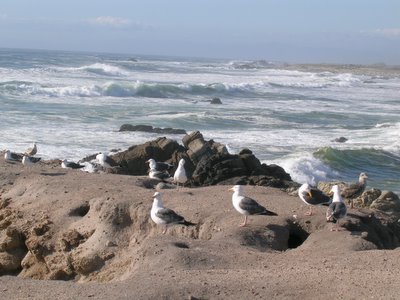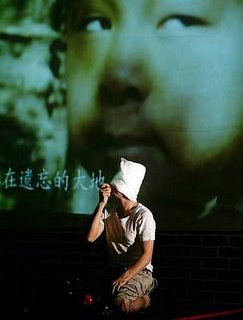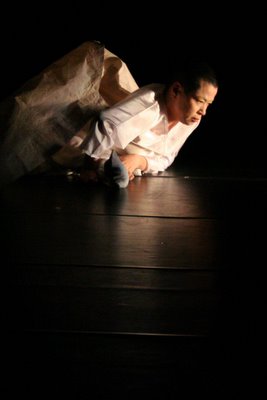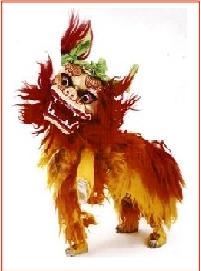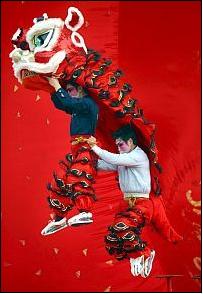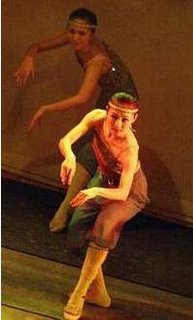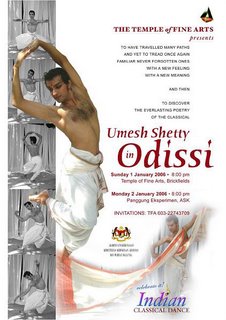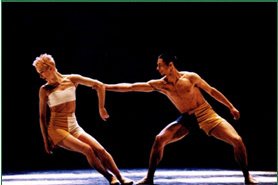Dialogue was first staged in May 2004 in Penang during the opening of the YTL Arts Festival. The group, formed in 1997 by Bernard Goh, creates unique performances using gu or traditional Chinese drums. It is easy to create fanfare with gu – the sounds that reverberate from them are loud, arresting and vibrant. What’s tough is “taming” these drums to express what the performer wants.
The second piece, Fluency, was supposed to depict the qualities of water; it failed in its choreography and composition. The flow was choppy especially when the performers had to carry and move their drums around. The clearest musical reference to the fluidity of water came from the guitarist (Aluba) and flautist (Yii Kah Hoe).
Viewers who expected to see the taiko (Japanese drum) were disappointed. Goh explained that the team did not want to risk using their taiko, which were not in very good condition. However, they employed the taiko drumming methods (seven beats and off beats) on the gu. This piece, with its theme of a wedding celebration, did not bring out the union of the two great cultures, especially with the performers all clad in black. It merely looked like a piece intended to engage audience interaction.
Armour and Skin stood out simply by injecting melody into the otherwise rhythm-centric performance. This point, which seemed like an unfair advantage at first, was quickly dispelled when a delightful “conversation” ensued between “armour” (gamelan and various Chinese cymbals) and “skin” (ju gu or military drum).
Worthy of mention are the four drummers (Jimmy Ch’ng, Chang Yih Feng, Lee Chun Keat and Chew Soon Hing), who humoured the audience by giving the surface of their drums a good massage, and experimented playfully with Chinese cymbals of varied sizes. Guest performers from Rhythm and Bronze were Jillian Ooi, Susan Sarah John, Sharmini Ratnasingam and Wong Yee Ting.

Armour and Skin. Pix Source: The Star
Drumbeat Inferno was a fiery and energetic piece in which the performers were positioned such that man and drum intertwined. The myriad of techniques and man-to-drum combinations brought out the best in contemporary Chinese drumming. The hands of the drummers moved with incredible speed, akin to mo ying sau (shadow hands kungfu).
While Dialogue was enjoyable overall, there were some parts that threatened to bore due to repetition in style and tone. But given the Hands Percussion Team’s enthusiasm, I have no doubt they will drum up something even more creative soon.

